New York Times Summer Reading Contest
By KATHERINE SCHULTEN Gregory Shaver/Journal Times, via Associated Press
Gregory Shaver/Journal Times, via Associated PressUpdate | May 6: A powerhouse panel of judges has been announced! They are…
The phrase “summer reading” tends to conjure two opposing mental images: there’s the stack of relaxingly trashy beach books … but there’s also that list of classics your teacher gave you in June that you ignored until the last week of August.
Our contest, we hope, offers something in the middle.
Here’s how it works: Each week from June 14 to Aug. 16, teenagers 13 to 19 years old are invited to choose any piece in The New York Times they like and write to tell us why it interested them. We will then choose a weekly favorite to feature, just as we have done every summer since 2010.
Sure, it’s an easy way to add more nonfiction (or “informational text”) to a school’s summer reading list, but because contestants can choose any article they want, on any topic from North Korea to Justin Bieber, we hope it also offers a bit of fun.
Below, you will find everything you need to know to participate. Please spread the word.
How does your summer reading contest work?
Any week from June 14 to Aug. 16 you can write to tell us what you are reading in The Times and explain why it interested you.
We don’t care what you choose or whether you loved or hated it; what we care about is what you have to say about why you picked it.
If you don’t believe us, have a look at our past winners. They have written on serious topics like world hunger and gun control, but they have also opined on superheroes, grass, housewives and Miley Cyrus.
So whether you were moved by an article, enlightened by an essay, bowled over by a photo, irked by an editorial, intrigued by a feature or inspired by a how-to, tell us what got your attention and why. We are open to pretty much any response that follows our commenting rules and is 350 words or fewer.
What are the rules?
First, here is a PDF of all the rules and details. Feel free to hand it out schoolwide.
— We will post the same Student Opinion question for every Friday, starting June 14. Each will ask, “What Interested You Most in The Times This Week?” That is where you should post your picks (and reasons) any time until the next Friday. Then we will close that post and open a new one with the same question.
As soon as the contest starts, we will also keep an up-to-date link to at the top of this page leading to that week’s question. If you bookmark this page, you can always find the link to the place to post an answer.
— You can choose from anything published in the print paper or on NYTimes.com in 2013. And videos, graphics, slide shows and podcasts count. (In fact, one of our winners last summer wrote about a photo.)
— Feel free to participate each week, but we allow only one submission per person per week.
— The contest is open to teenagers only — anyone from 13 to 19 years old.
— Each response should be 350 words or fewer. (To check, you can paste yours into an online word-count tool like this one before you submit it.)
— Give us your first name only, in accordance with our privacy rules. No last names, but please also post your age and hometown.
— Make sure to provide us with a full headline (For example, “Popcast: Lil Wayne, Sobriety and the Damage Done”) or the URL(s), or Web address(es), of the Times material you choose so others can find them easily. To find a URL, just copy and paste what comes up at the top of the page in your browser. This post’s URL, for example, is http://learning.blogs.nytimes.com/2013/04/18/the-fourth-annual-new-york-times-summer-reading-contest/.
— Teachers: If you want all the students in a particular class to write in, just give them a code of some kind to affix to their first names. Last year, for instance, we received many with DHAP2013 appended to first names.
 Ruth Fremson/The New York Times Courtney Czepiga, 25, spent one of her last days of summer vacation 2007 reading a Harry Potter book in Central Park’s Sheep Meadow. Go to related article »
Ruth Fremson/The New York Times Courtney Czepiga, 25, spent one of her last days of summer vacation 2007 reading a Harry Potter book in Central Park’s Sheep Meadow. Go to related article »When should I check to see whether my submission won?
Every Monday, we will publish a previous week’s winner or winners in a separate post. We will also mention the winners on Twitter and Facebook.
How do I participate in this contest if I don’t have a digital subscription?
NYTimes.com has a digital subscription system in which readers have free access to 10 articles each month. If you exceed that limit, you will be asked to become a digital subscriber.
One thing you should know, however, is that The Learning Network and all its posts, as well as all Times articles linked from them, are accessible without a digital subscription. That means that if you use any of the articles we have linked to on this blog for summer reading, they will not count as part of the 10-article limit. And you can use anything published in 2013.
We also create a collection each month that may be a particularly good source for you: in our Teenagers in The Times collection, we round up all the articles, essays and multimedia about young people published that month on NYTimes.com.
How can teachers, librarians and parents use this challenge?
 Christelle Enault Go to related Opinion piece about summer reading assignments »
Christelle Enault Go to related Opinion piece about summer reading assignments »At the end of last summer’s contest, one participant, LainieMHS2012, complimented us on reaching “both the less educated and exposed reader as well as the reader who is seeking an engaging and enlightening read” via the contest. She then wrote:
Reading material over the summer would otherwise consist of that one required book in the middle of an ocean of Facebook news feeds and, if we’re lucky, reads about summer romance and carelessness. But a beach read, while not detrimental, is, figuratively, a grain of sand as compared to the literary value of a piece of good journalism.
As many readers know, in the United States the new Common Core Standards demand that students read much more nonfiction, or “informational text,” across subject areas. Because pretty much everything in The Times fits that definition, our reading contest is one way to practice. But because our contest also offers students choice about what to read and how to respond to it, we hope it is also a way for them to engage with the world and discover, on their own, what ideas, trends and issues they care about.
Lainie’s kind words are echoed by the Op-Ed writer and middle school reading enrichment teacher Claire Needell Hollander, who recommended last summer that, along with reading for pleasure, students should also focus on “accessible nonfiction guaranteed to increase world and verbal knowledge.” She gives a list of books that fit the bill, then writes:
Summer assignments should be about why we need to learn and why we need to talk about what we think. We have to move students away from disgust at the unknown, at the horrors visited on other human beings, and toward sympathy. Students who have immersed themselves in real-world problems become excited by current events and history as well as literature. They can make connections between academic areas that are ordinarily divided. They will understand Dickens better for having read “Iqbal,” which tells the story of a boy who is sold into slavery at a carpet factory.
Reading serious nonfiction in the summer is an immersion in the world of necessary ideas.
So consider immersing your students in “the world of necessary ideas” by inviting them to read The Times weekly for our contest.
We can’t wait to hear what they have to say.


































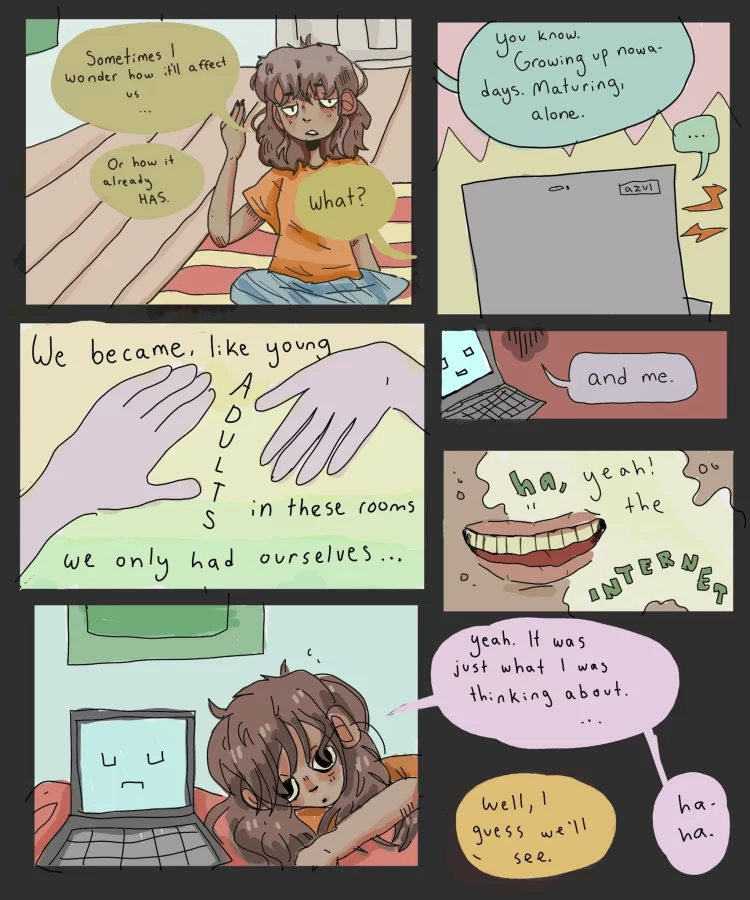


Smithf820 • May 24, 2017 at 3:56 PM
I like what you guys are up too. Such smart work and reporting! Keep up the superb works guys I have incorporated you guys to my blogroll. I think it will improve the value of my site edckeaeefbfkcadf